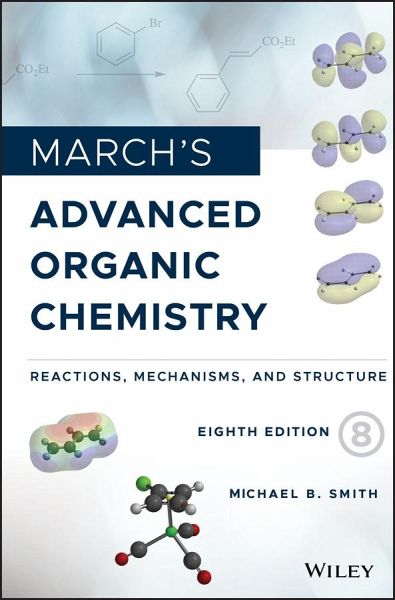Nicht lieferbar

March's Advanced Organic Chemistry
Reactions, Mechanisms, and Structure
Versandkostenfrei!
Nicht lieferbar
Diese überarbeitete und aktualisierte Ausgabe von March's Advanced Organic Chemistry erklärt die Theorien der organischen Chemie anhand von Beispielen und Reaktionen. Planung und Ausführung von mehrstufigen synthetischen Reaktionen werden ausführlich erläutert. Auch die 8. Auflage ist ein Muss für Studenten und Praktiker der organischen Chemie und verwandter Disziplinen.



